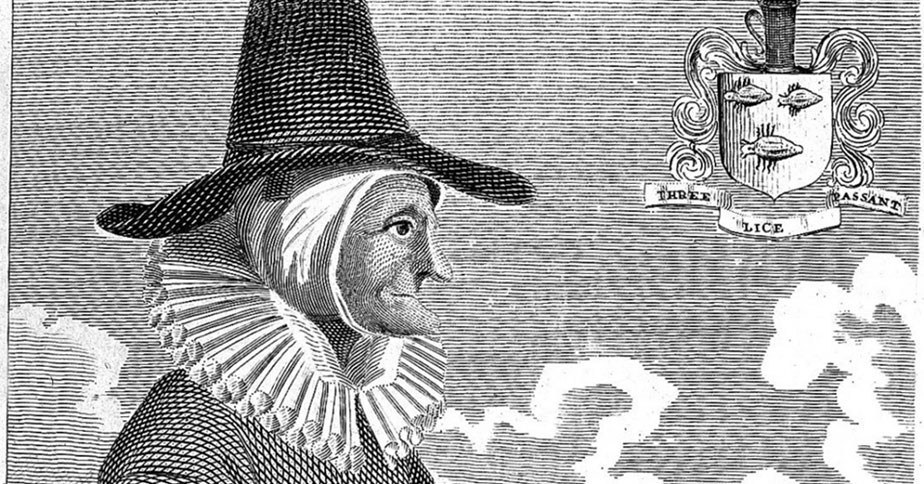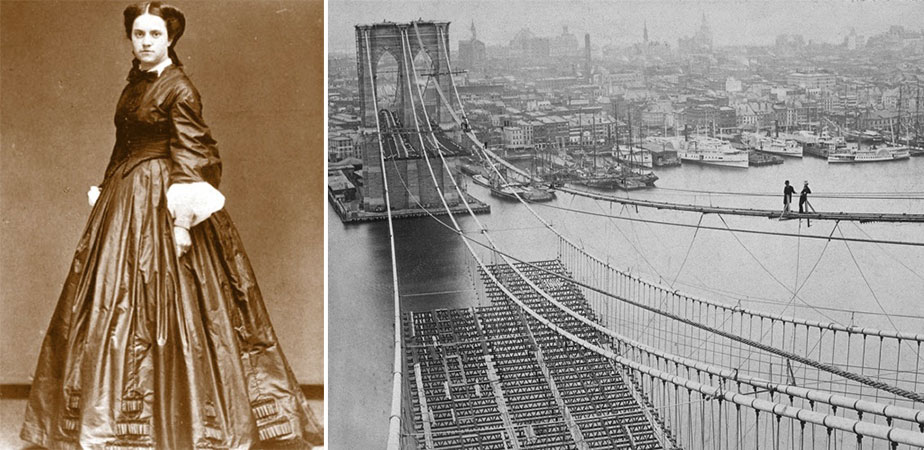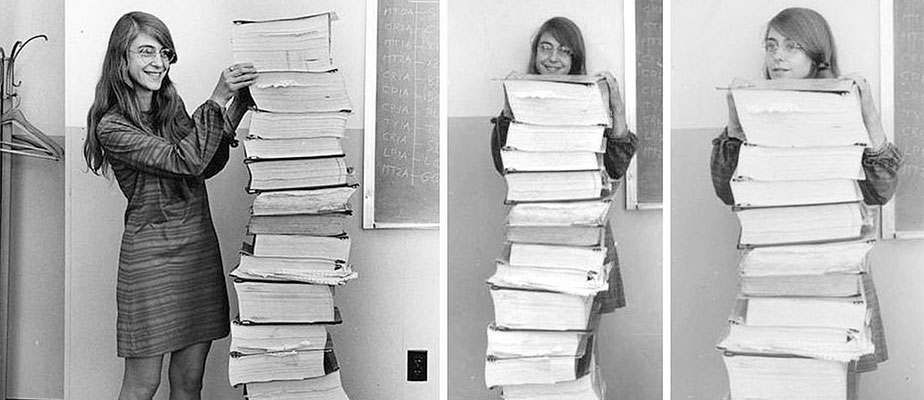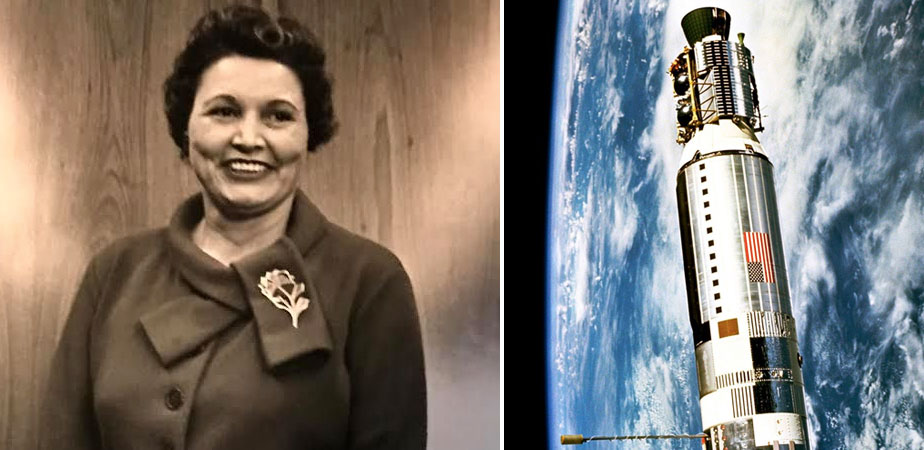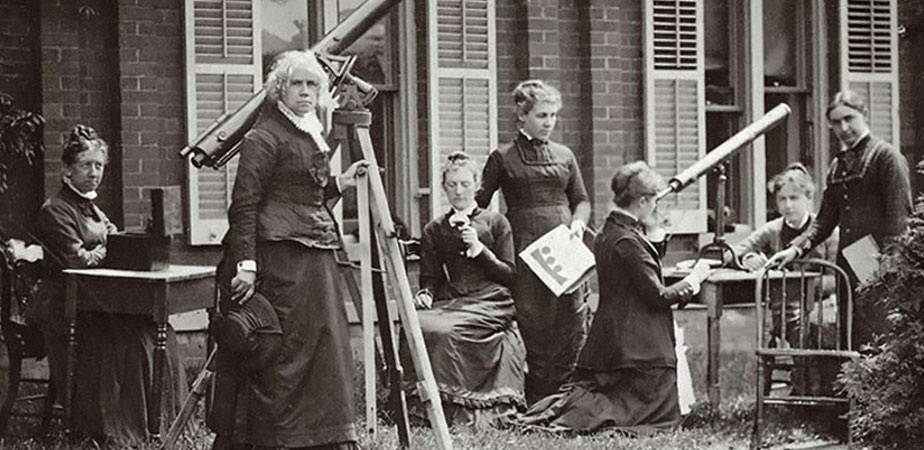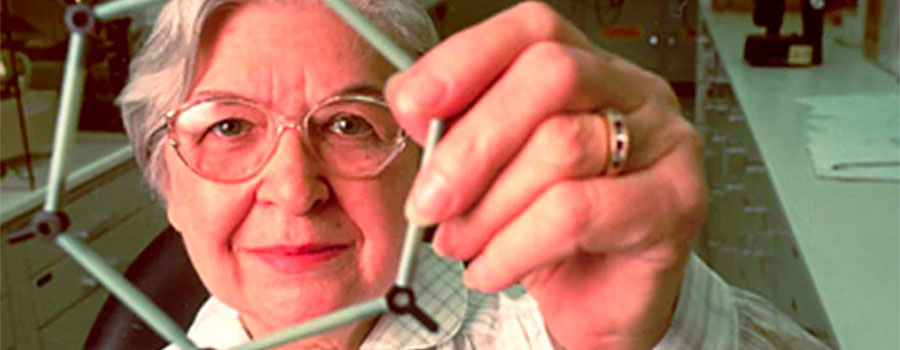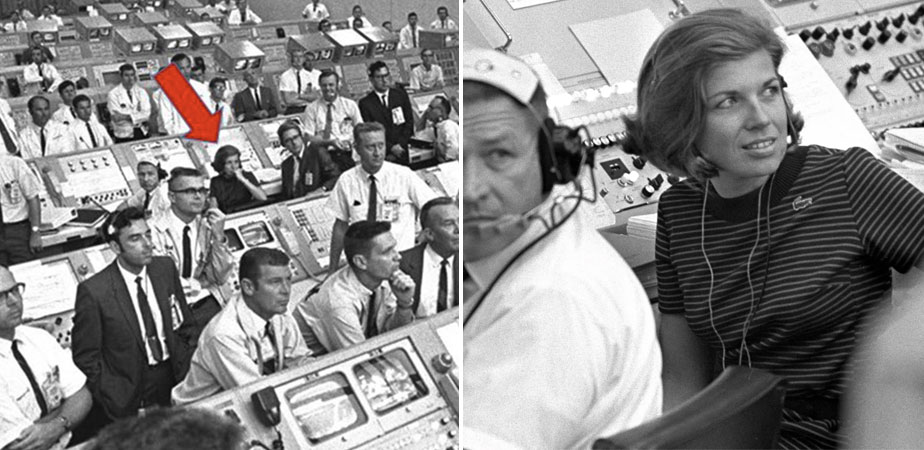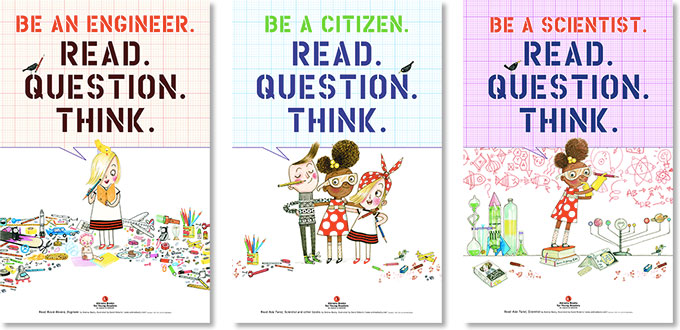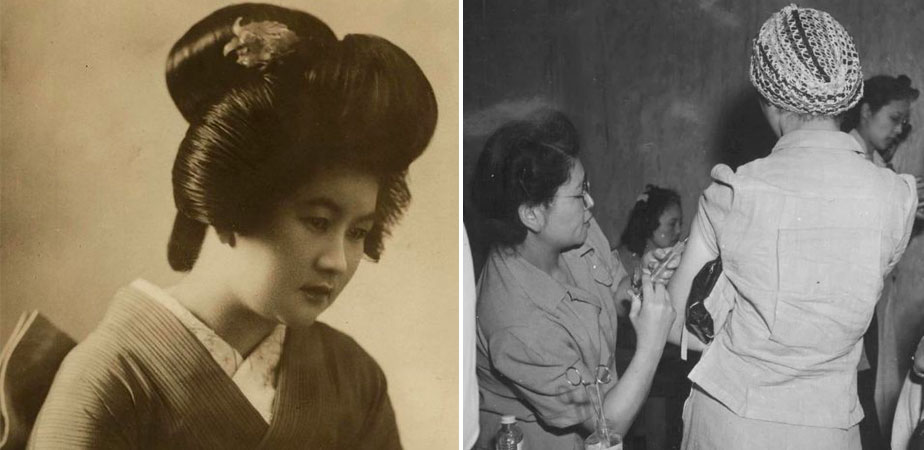Dr. Shuping Wang faced violence and intimidation for exposing the truth about epidemics in China that killed more than one million people.
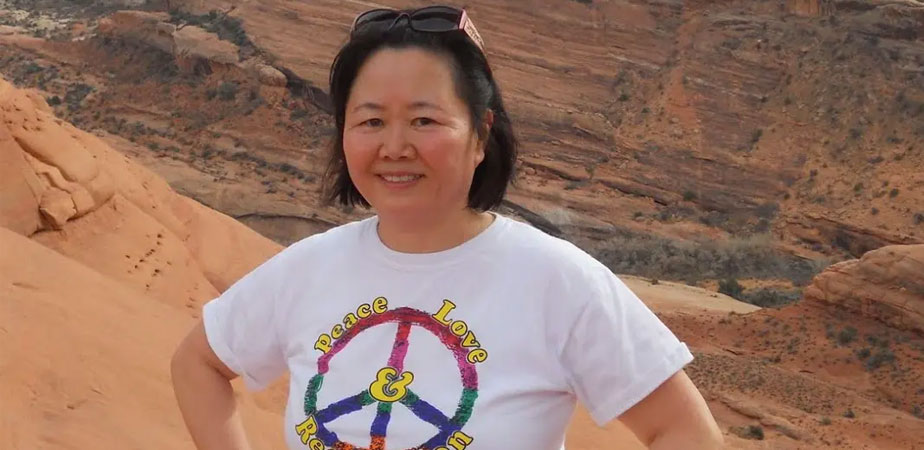 In the early 1990s, Dr. Shuping Wang discovered a shockingly high rate of contaminated blood at collection centers in China's Henan province. Despite threats, intimidation, and violence, Wang became a two-time whistleblower, exposing first China's hepatitis C epidemic and later its raging HIV epidemic, which killed over one million people in the country during this period. Wang said that there was never any question that she would persevere in exposing the truth about the epidemics even in the face of severe personal consequences. "Being a medical doctor, my primary interest is to my patients and to the public, not to myself," she said in an interview shortly before her death. "Speaking out cost me my job, my marriage and my happiness at the time, but it also helped save the lives of thousands and thousands of people." Continue reading Continue reading
In the early 1990s, Dr. Shuping Wang discovered a shockingly high rate of contaminated blood at collection centers in China's Henan province. Despite threats, intimidation, and violence, Wang became a two-time whistleblower, exposing first China's hepatitis C epidemic and later its raging HIV epidemic, which killed over one million people in the country during this period. Wang said that there was never any question that she would persevere in exposing the truth about the epidemics even in the face of severe personal consequences. "Being a medical doctor, my primary interest is to my patients and to the public, not to myself," she said in an interview shortly before her death. "Speaking out cost me my job, my marriage and my happiness at the time, but it also helped save the lives of thousands and thousands of people." Continue reading Continue reading









